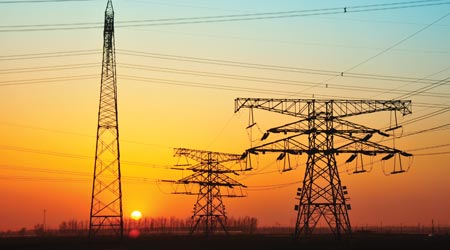3 Tips for Completing Tiered Utility Incentive Worksheets
Worksheets help the utility determine which tier a project fits to qualify for better incentives. Here's what you need to know about completing worksheets effectively.
Mass Save and Energize Connecticut both provide worksheets for projects applying for funding. These applications help the utility determine which tier a project fits in order to qualify for higher incentives. Although different utilities ask for some different metrics and tailor requirements to their own states, there are three primary items commercial and institutional facility managers should understand about this type of utility worksheet to make smart choices when taking on their own efficiency projects.
1. Be sure you are using real numbers. Whether it’s total proposed watts, lighting load, or installation cost, these figures should be as accurate as possible to estimate project outcomes. Getting these numbers often requires an ESCO’s professional analysis of the facility and the appropriate engineering of projects to qualify for incentives under the relevant guidelines.
2. Explore your options. Keep an open mind when jumping into an efficiency project. The applications for both Mass Save and Energize Connecticut are designed to benefit companies willing to commit to comprehensive energy efficiency measures. Taking your budget into account, do not be afraid to consider a variety of options or project configurations. The worksheets should help you identify which combination of measures, as implemented in your specific facility, will deliver the financial incentive you are looking for. Additionally, an economic analysis of different combinations of projects should be performed with life cycle combinations, as necessary.
3. Read the fine print. Custom project worksheets are complex for a reason. For example, Energize Connecticut makes a distinction between “high performance lighting, enhanced performance lighting, and standard lighting.” Which you select for a project will change how much money you get. These points are explained in the fine print. For example, “80 percent of project load must be controlled” for a project to be considered “enhanced performance lighting.” Which tier a project falls into — high, enhanced, or standard — will determine how much of the project cost will be covered. As of the writing of this article, incentives for those tiers range from 25 percent to 65 percent of project cost.
Understanding such distinctions and the overall process helps companies “level up” and obtain the best incentives possible from utilities offering efficiency initiatives.
Ross Fairbanks, CEM, serves as chief operating officer for Fairbanks Energy Services, a design/build energy efficiency engineering firm. He has more than 11 years of engineering and management experience related to energy efficiency project development in large commercial and industrial facilities. Click here for more about how utility incentives developed and examples of how to leverage them for project funding.
Related Topics:













